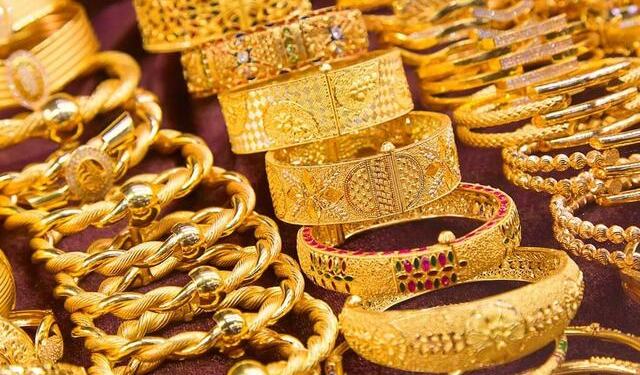Rates bottom out on recovery signs, strengthening of rupee
Natural rubber prices have seen considerable downside in the recent times and have bottomed out in the Indian market. Monetary stimulus in Japan and general recovery in key economies have already pushed up international prices from their lower levels and is expected to support the prices in the coming months.
From an all-time high level of Rs 247 per kg in April 2011, rubber prices have been coming down and had touched a low of Rs 155 in the past week. This has been the lowest level in the three years. Rubber had touched the level last time in March 2010. The global economic uncertainties in the US and Europe coupled with the slowdown in China has been plugging the demand from the auto industry.
“In the past weeks domestic prices have been trading in a tight range of Rs 155 and Rs 162.50. However, the international rubber prices have already moved up considerably,” said Joyal Thomas, analyst, Geojit Comtrade.
TOCOM rubber, which has been trading at 280 yen per kg levels in September has now moved up to 320 yen and are expected to go up to 350 yen in the next two to three months.
The main factor that has been pushing the prices is the monetary stimulus in Japan. The government has been trying to help the export-oriented sectors and companies with the stimulus packages. Banking on a weak Yen, some of the Japanese auto manufacturers like Toyota also have expressed hopes of higher exports and better profits this year. Triggering demand from the auto sector has supported the rubber prices apart from a weak currency.
Further, the economic data from China and the US in December have shown signs of recovery and hopes of increased consumption. Even in the euro zone a revival is in sight.
The international trend has not yet impacted the domestic market. This has been mainly because of the strengthening rupee. However, sooner or later domestic prices will start reflecting the international movement. Thailand and Malaysian rubber prices, which were lower than Indian prices earlier, are now at a premium. This has curbed imports by auto sector.
Rubber board data shows that imports are at 13,611 tonnes, which is 35 per cent down in December 2012 against December 2011. Once the auto companies start procuring rubber more from the domestic market, prices will move up.
Further, the natural rubber production is entering a lean season with the onset of summer. “Technically, prices are in a range of Rs 155 and Rs 162.50. If prices break the upper limit, they would move up to Rs 170 and Rs 175. On the downside, prices can move down to Rs 149 if they break the strong support of Rs 155. This is likely only if the rupee appreciates well,” said Thomas.
Source: mydigitalfc.com



























